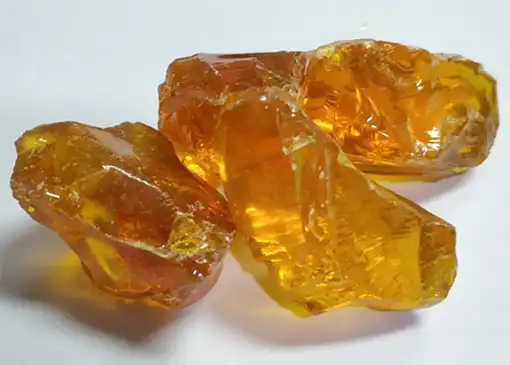Adding magnesium oxide to the resin is mainly used as a reaction accelerator and curing agent. The addition of magnesium oxide can effectively improve the curing effect and reaction speed of the resin, and improve production efficiency. Therefore, magnesium oxide will appear in ABS resin, phenolic resin, synthetic resin, epoxy resin, polyurethane material, polymer resin, resin mold, resin grinding wheel, resin rubber and other materials. Some of them use light magnesia and some use heavy magnesia according to customer needs and different production processes.
Magnesium oxide is an inorganic compound with good thermal conductivity or heat resistance. It can be added to various resins as a filler to improve the thermal conductivity or fire resistance of its composition, thereby promoting its curing process and its reaction. Effect. In addition, it can also be used as an antioxidant, additive, etc. to improve the corrosion resistance and service life of the resin.

The choice of magnesium oxide is very important, here we need to focus on several indicators:
1. Main content
Generally, the magnesium oxide content should be controlled above 95%. If the content of magnesia is low, it will lead to slow reaction rate of phenol and formaldehyde, low absorption rate, prone to precipitation and pipeline blockage.
2. Particle size
The finer the particle size, the faster the reaction speed and the higher the production efficiency. The reaction speed is a key factor for customers.
3. Moisture
The moisture content of magnesium oxide is also a factor that cannot be ignored. Because the hydration reaction of magnesium oxide to generate magnesium hydroxide will cause volume expansion and resin cracks, so the moisture content must be controlled during the hydration process of magnesium oxide to avoid unnecessary losses and additional production costs.
Finally, the resin-specific magnesia developed by Messi Biology can not only meet the requirements of the above indicators, but also strictly control its parameters such as heavy metal content, whiteness, chloride, and bulk density. The quality is checked at every level, so that more customers can use it with confidence.
The above is the suggestion given by Messi Biology on the selection of magnesium oxide for resin, and I hope it will be helpful to you.
